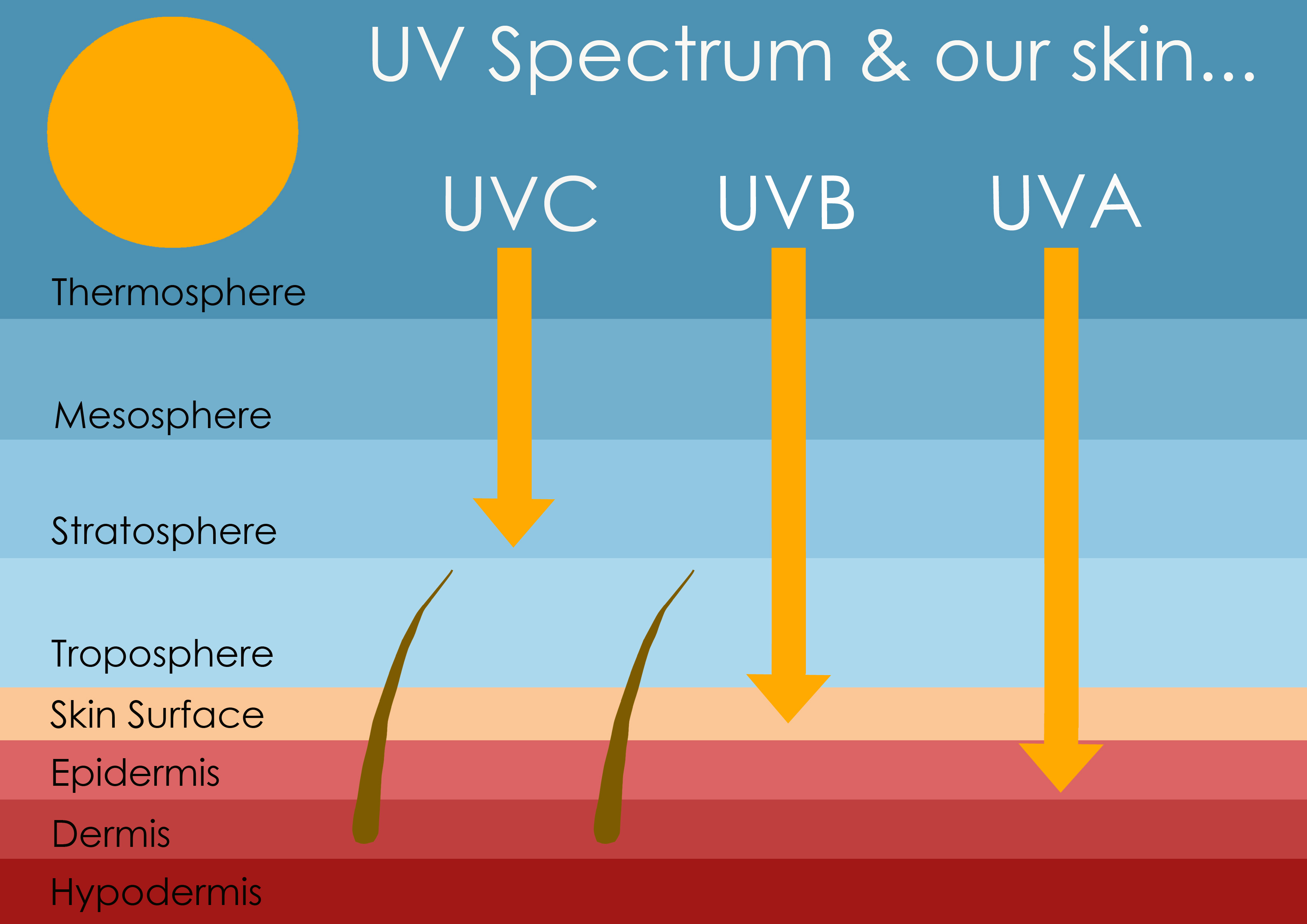Beach tanning
Beach tanning appeals to so many people all year round, especially if they get a chance to follow the sun! If it's an exceptionally hot day, the numbers to be found at the beach, stretched out tanning in the sun, are even greater.
As fun and appealing as this activity can be, it is not that unusual to find many people feeling very sorry for themselves at the end of the day when their sun burnt skin starts to make itself known!
To prevent yourself being in this situation, there are a few pointers that will help you to manage your day so that your skin is protected and your tan at least a little healthy.
Beach Tanning and Vitamin D

Many people say there is no such thing as a healthy suntan. Any exposure to the sun's harmful UV rays put you at risk of inviting skin cancer.
However, in the last decade or so, there has been increasing evidence that the sun's UVB rays enable us to make Vitamin D through our skin.
Vitamin D research in the last few years seems to have increased phenomenally the more that science discovers the depths of it's abilities to help our bodies in combating cancer in it's many different forms.
Beach tanning: easy to overdo the sun
So, the dilemma is how to manage your time in the sun effectively so that you can acquire a tan and create Vitamin D, but not overdo things and get sun burnt. For me the biggest obstacle are the UVA rays.
We can get sunscreen that protects us from UVB rays, where the strength is indicated by the SPF level, but there are not that many that provide effective protection from UVA rays within the same formula.
Globally, there are many different ways to certify whether or not a product has sufficient UVA protection, but a global recognized standard has yet to be selected, as with SPF.
I recently watched this video clip where people tanning on the beach in Chicago, were interviewed by Ashley from Nude Hippo, NBC5. It was fascinating to see the variety of responses. Some people didn't use sunscreen at all, some used an oil based low SPF, some an SPF30 and one used an SPF50. If you take a look, the different skin types seem to dictate which SPF they chose, although some just chose what was in the store rather than what SPF it was. The one insisting on using an oil based, low SPF sunscreen has what looks like a natural dark skin. The one using no sunscreen at all is also smoking, so maybe one can conclude that she isn't that concerned about health matters, although she is getting loads of Vitamin D!
How to balance sun exposure when beach tanning
 Skin types one and two
Skin types one and twoSo, the following are my tips to help you decide on what sunscreen to choose when off for a beach tanning session:
- Know your skin type so you can choose an appropriate SPF that will prevent you from burning
- Make sure your sunscreen has a high protection for UVA as well as UVB Look for Zinc Oxide or Titanium Dioxide as the sunscreen ingredient for best UVA protection
- Look for quality oil ingredients that will moisturize your skin while you tan. Eg Olive oil or Aloe Vera, or other quality oils like Avocado, Baobab or Jojoba
- Extra special antioxidant ingredients are a real bonus to the health of your skin. Eg. Botanical extracts such as Green tea, Black tea, Kigelia, Broccoli sprout. They will help fight any free radicals that may have resulted from over exposure to the UV rays
Then make sure to reapply every 2 hours or after swimming or sweating a lot and toweling off.
So, it is vital that anytime you plan on going beach tanning, you play it safe by wearing a broad-spectrum organic, natural sunscreen. You'll still be able to get that perfect tan, perhaps at a slightly slower rate, but without causing harm to your skin and your health.
If you find yourself tanning with friends or family, make sure they are aware of the risks as well and help them to understand the importance of being properly protected from the ultraviolet rays while they tan.
This way everyone can get that glorious tanned look, feel the energy from the sun, stock up on Vitamin D, and not end up with health problems later that can't be given back.






New! Comments
Have your say... please leave me a comment in the box below.